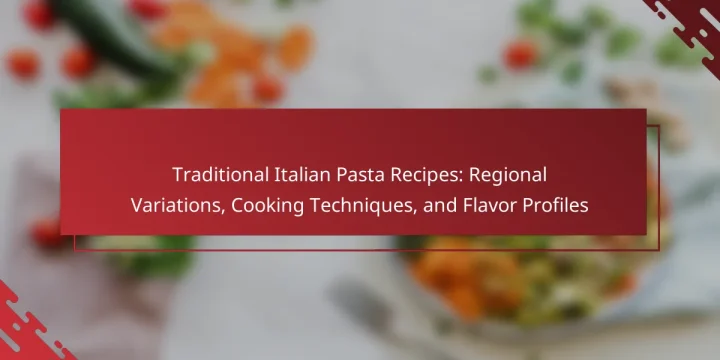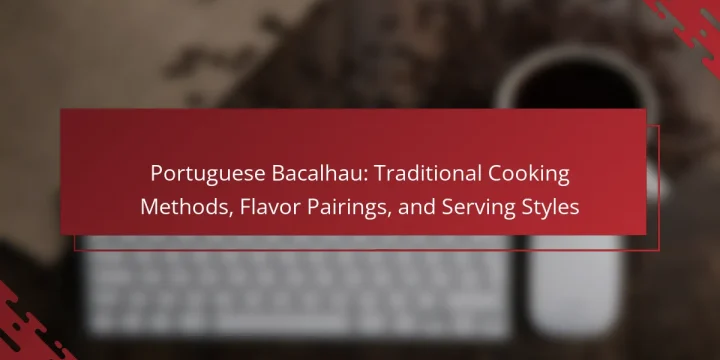
Belgian waffles are a popular breakfast and dessert item known for their light and fluffy texture, deep pockets, and larger size compared to regular waffles. This article explores various batter variations for making Belgian waffles, offering insights into ingredient combinations that enhance their flavor and texture. Additionally, it presents a range of topping ideas, including whipped cream, fresh fruit, and syrup, to elevate the dining experience. The article also discusses essential cooking equipment needed to prepare perfect Belgian waffles, ensuring readers have the knowledge to create this beloved dish at home. What are Belgian Waffles? Belgian waffles are a type of waffle known for their light and fluffy texture. They are made from a batter that typically includes flour, eggs, sugar, milk, and baking powder. Belgian waffles are characterized by…








